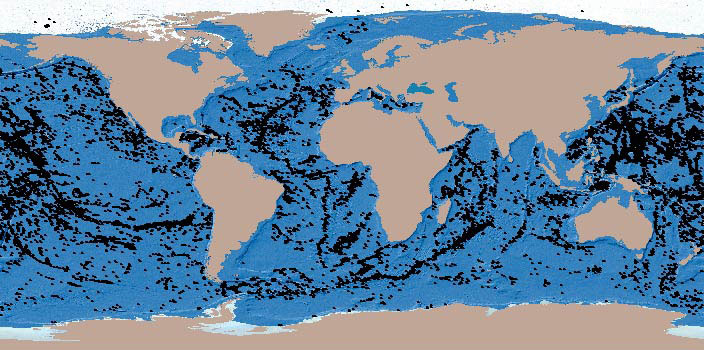Resources
The dugong (Dugong dugon) is the only herbivorous mammal that is strictly marine, and is the only extant species in the Family Dugongidae. It is listed as vulnerable to extinction at a global scale by The World Conservation Union (IUCN).
Abstract
This Regional Synthesis Report on the status of pollution in the WIO region synthesises information presented in the National Status of Pollution Reports which form the basis for the TDA of the WIO region. The TDA is an important part of the overall strategic planning process, providing a basis for formulation of the Strategic Action Plan (SAP) and the harmonised National Action Plans (NAPs) on environmental protection of WIO region. The focus of this study is on land-based sources of marine pollution, i.e.
The coastal and marine habitats of the Western Indian Ocean (WIO) region support the livelihoods of a rapidly growing population, currently estimated at over 60 million. The region is still one of the least ecologically disturbed in the world, hosting over 2,200 species of fish, including rare and endangered species, such as the dugong, coelacanths, marine turtles, sharks, birds and over 350 species of corals and a diverse assemblage of coastal forests, mangrove forests and sea grass beds.
The following study was undertaken with the objective of assessing the development potential of the fisheries sector in Puntland, in terms of growth potential and actions/interventions required for further development. The assessment is part of UNDP’s efforts to improve livelihoods and promote economic diversification that form part of the UNDP Strategy for Poverty Reduction and Economic Recovery (PRER).

In this report a review of national policies and legislation addressing issues of the alteration and destruction of critical coastal and marine habitats, and the institutional arrangements towards alleviating the same is presented. The land-based social and economic activities impacting on the habitats and the extent to which the latter are affected is assessed. Emphasis has been placed on the link between the impacts and tourism or tourism catalysed activities.
The Indian Ocean Tsunami of 26 December 2004 affected part of Somalia, with most of the damage experienced in the north-east along a 650 km coastline stretching from Xafuun in the Bari region, to Garacad in the Mudug region. About 44,000 people are believed to have been affected by the tsunami.
The coastal ecosystem of the Indian Ocean includes environments such as mangroves, seagrass beds and coral reefs. These habitats are some of the most productive and diverse environments on the planet. They form an essential link in the food webs that leads to fish and other seafood providing food security to the local human population. In addition coral reefs and mangrove forests protect the coastal areas against erosion. Unfortunately, due to a number of human activities, these valuable environments are now being degraded at an alarming rate.
The issue of shoreline changes has increasingly become a major social, economic and environmental concern to a large number of countries in the western Indian Ocean (WIO) region, where it poses a serious problem to the environment and human settlements.